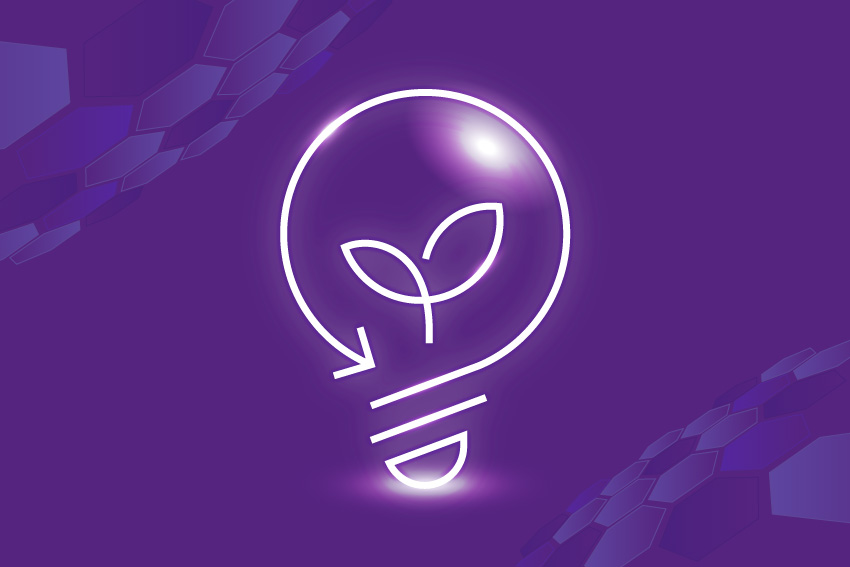————————————————————————–
Spectra recently hosted a panel discussion on Data Storage Trends based on its fifth annual Digital Data Storage Outlook Report. During the webinar we talked about persistent memory, magnetic disk, tape, storage lifecycle management and where storage architectures are heading. The following questions and answers recap webinar highlights covered in the recent webinar.
The Storage Pyramid: What Has Changed
Question:
For years the storage pyramid has been the prevailing way to view the storage technologies that protect digital assets. The top of the pyramid signified the fastest and most expensive storage technologies for data storage, while the middle tier represented relatively fast but less expensive storage technologies. The bottom of the pyramid displayed the slowest but most affordable methods of storing massive amounts of data. Does this architecture still hold true? What has changed?
 Answer:
Answer:
The concept that data should seek its lowest cost overtime still exists; however, the model that is emerging has to do more with data access and longevity. This modern architecture is defined by two distinct tiers: the first being the Primary Tier and the second being the Perpetual Tier. Various software tools enable data movement between the two tiers.
A New Model for Data Storage
Question:
What does Spectra anticipate the next storage architecture will look like?
Answer:
Increasing scale, level of collaboration, and diversity of workflows are driving users toward a new model for data storage. The traditional file-based storage interface is well suited to in-progress work but breaks down at web scale. Object storage, on the other hand, is built for scale. Rather than attempting to force all storage into a single model, a sensible combination of both is the best approach. Spectra believes that moving forward storage will be a two tier architecture, comprised of a Primary Tier (file based) and a Perpetual Tier (object based).
 The Primary Tier
The Primary Tier
One of the main characteristics of the Primary Tier is that it is file based, which lends itself to small but frequent updates of files without the overhead of writing out the file in its entirety. One change that Spectra sees occurring in the two-tier architecture is that for many applications the Primary Tier no longer needs to be on shared storage such as NAS. Spectra is seeing where the Primary Tier can be the workstation or even laptop. For multiple user projects, each user can work on files that have been checked out from the Perpetual Tier and, once they have reached a good checkpoint, they can check them back into the Perpetual Tier, thereby, making them available to other users to checkout. Though the architecture does not define the type of storage for each tier, Spectra believes is that the Primary Tier will be mostly be comprised of flash storage.
The Perpetual Tier and Objects
Objects in the Perpetual Tier need to exist for as long as the user desires them, and no longer. This requires several things. First, the data needs to have sufficient protections around it to guarantee that it can be retrieved even in the case of multiple hardware failures. This can be done by making multiple copies, such as on tape, or using erasure-coded schemes on disk to ensure data availability. Next, to guarantee true deletion at the time the user desires it, requires that all objects be encrypted, such that deletion of a key associated with an object renders the objects unreadable in the future. Lastly to meet the requirements of forever storage requires that the system be able to move objects from old storage technologies to newer storage technologies in a transparent manner.
Data Movers: Managing Data throughout its Lifecycle
Question:
The industry is starting to discuss the concept of software enabling the movement of data between tiers of storage. What is currently available and what is coming?
Answer:
There are many historical applications that have been modified to bridge data movement between storage tiers. Most of these are backup applications that now support backing up to an object interface. There are some specialized data movers, for instance Spectra’s StorCycle, that scan file systems and move files that are no longer being accessed to the Perpetual Tier. There are also many file systems whereby synchronization of the file system and object store occur. Spectra is also starting to see the advent of file systems that run on a user’s local machine, but also allows for synchronization of work between many users through the Perpetual Tier.







